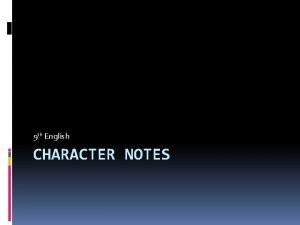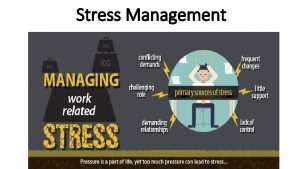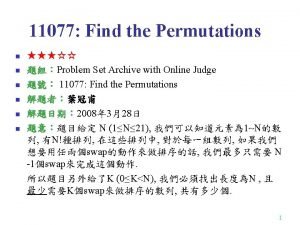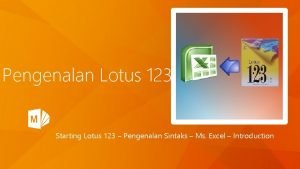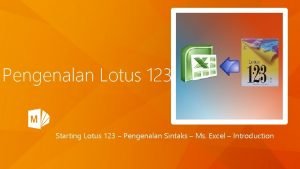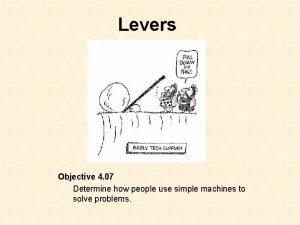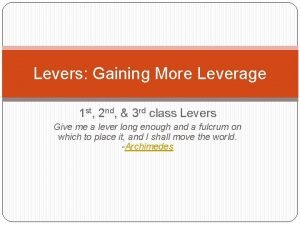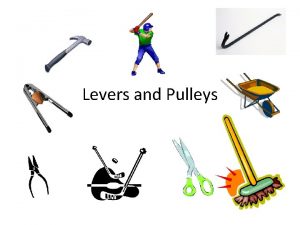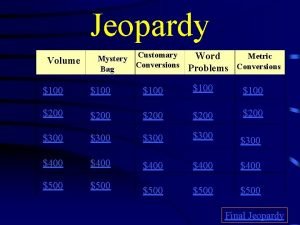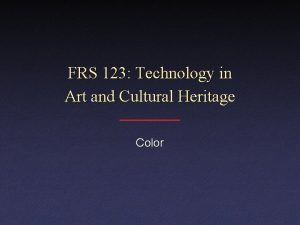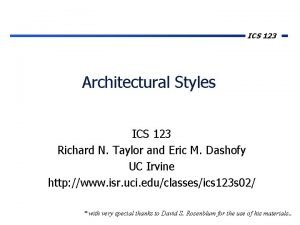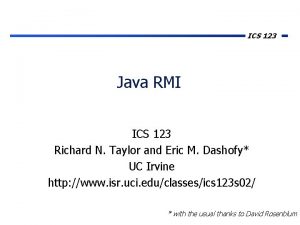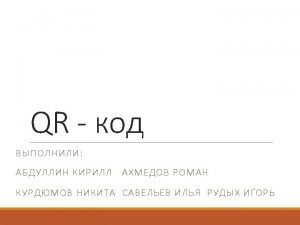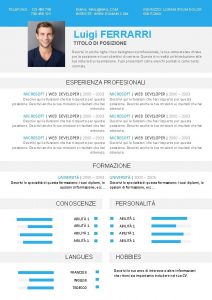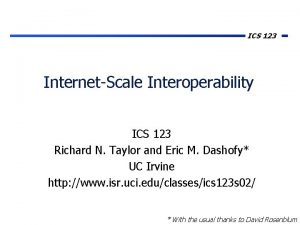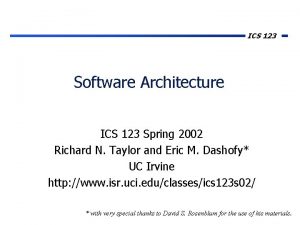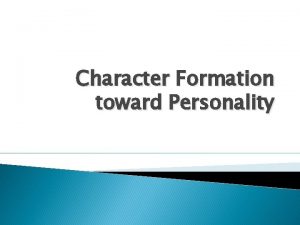9 th English CHARACTER NOTES 123 Character Notes
















- Slides: 16

9 th English CHARACTER NOTES

12/3 Character Notes 1) Direct Characterization—Writers tell us directly what characters are like or what their motives are. Oh, but he was a tightfisted hand at the grindstone, Scrooge! a squeezing, wrenching, grasping, scraping, clutching, covetous old sinner! from A Christmas Carol by Charles Dickens 2) Indirect Characterization—Writers show us characters (through STEAL: Speech, Thoughts, Effects on others, Actions, Looks/Appearance) but allow us to decide what characters are like.

Indirect Character Development: (STEAL) Writers build characters by revealing Speech Actions Thoughts Effect on others Looks/appearance

Speech First-person narrators reveal their personal traits as they • tell their own stories (using pronouns like I, me, and we) • tell us what they think and feel Be aware that some first-person narrators mislead or lie to the audience.

Speech Dialogue can reveal a lot about characters and their relationships with each other. Pay attention to • what characters say and don’t say • how characters respond to each other Dialect – way of speaking that is characteristic of a particular region or a particular group of people

Thoughts Writers can take us into the characters’ minds to reveal their thoughts and feelings. As you read, note whether the characters’ thoughts and feelings match their speech and actions.

Effect on Others Watch how other characters in the story react to the character. Note • how the others feel about the character • what the others say about the character

Actions What characters do and how they treat each other often reveal the most about them. Observe characters’ actions to determine • what their personality is like • what motivates them • how they deal with conflict

Looks / Appearance Pay attention to language the writer uses to describe the characters’ looks, clothes, and demeanor. The cold within him froze his old features, nipped his pointed nose, shriveled his cheek, stiffened his gait; made his eyes red, his thin lips blue. . from A Christmas Carol by Charles Dickens • Does the description give you a positive or negative impression of the character? • Which words contribute to this impression?

Main Characters Protagonist—the main character of a story. • The action of the story revolves around the protagonist and the conflict he or she faces. Antagonist—the character or force the protagonist struggles against and must overcome.

Subordinate Characters Subordinate characters add depth and complication to the plot. Main character Friends

Flat Characters vs. Round Characters Flat characters • have only one or two character traits that can be described in a few words • have no depth, like a piece of cardboard

Flat Characters vs. Round Characters Round characters • have many different character traits that sometimes contradict each other • are much like real people, with several sides to their personality

Dynamic Characters vs. Static Characters Dynamic characters • change or grow as a result of the story’s actions • learn something about themselves, other people, or the world as they struggle to resolve their conflicts The changes that a dynamic character undergoes contribute to the meaning of the story.

Dynamic Characters vs. Static Characters Static characters • do not change or grow • are the same at the end of a story as they were in the beginning Subordinate characters are often static characters.

Character Motivation—what drives a character’s actions. It • explains behaviors • reveals personality • is often based on character’s fears, conflicts, needs Motivation can be inferred by observing characters’ behavior, speech, actions.
